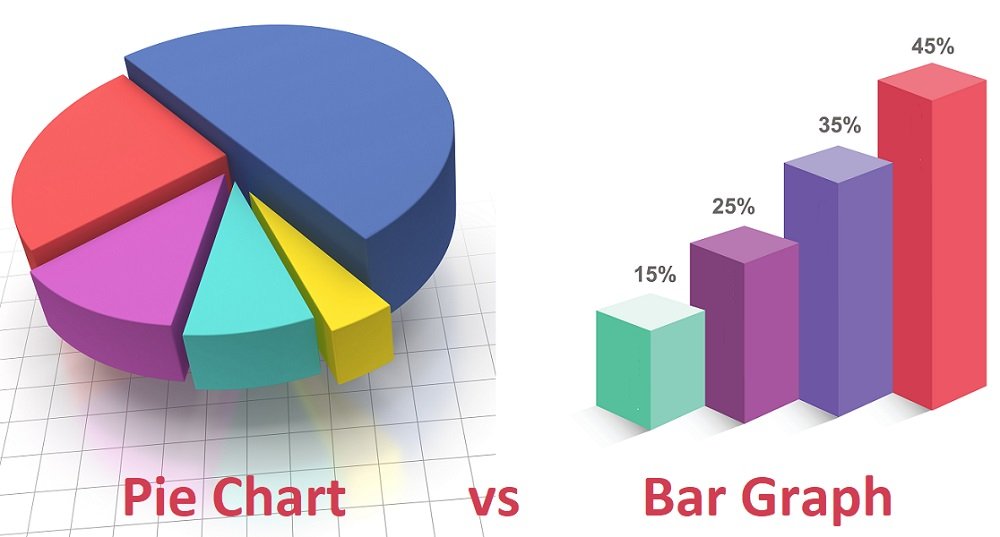Weighted Vs. Unweighted GPA : What Are The Differences?
You’ve heard the term “weighted” GPA in school but nobody ever bothered to actually explain to you what it means. How does one “weight” grade and what’s the difference between weighted and unweighted GPA? Let’s analyze both types of measures to see what tells them apart and how they reflect your performance in school.
Unweighted GPA

Unweighted GPA is the usual grade point average you are most probably accustomed to. It’s basically the average of all your grades expressed on a scaled of up to 4.0 points.
Here, A means 4 points, B is 3 points, C is 2 points and so on. If, for instance, you have 3 A’s, 2 B’s and a C, your unweighted GPA will be: [(3 x 4.0) + (2 x 3.0) + 2.0] / 6. This means a score of 3.33.
While this may be a decent indicator of how well you performed during your studies, it’s not the best one, as it doesn’t take into consideration the difficulty of the classes.
Other students who got the exact same grades but took easier classes will have the same GPA score as you, even though they worked considerably less than you did. And this is where the weighted GPA comes in.
Weighted GPA

Weighted GPA is a bit trickier to calculate than its unweighted counterpart, but it is a better indicator of student’s actual performance in school. This is because it takes into consideration class difficulty as well.
Therefore, an A can be translated into a 5.0 for a high difficulty class, 4.5 for a mid-level one, or the usual 4.0 for low difficulty courses. Likewise, a C will be 2.5 for medium-difficulty coursework or, in a high-level class, it can reach the equivalent of an “unweighted” B (3.0).
So, if we take the example used earlier, but consider that you got the As and the C in a high-difficulty class and the two B’s in mid-level classes, the weighted GPA would be 4.16, which is quite a lot more than the initial score calculated above. Just a slight difference in class levels can mean a lot for your weighted GPA.
You May Want to Have A Look at These Articles Too
- What Are The Differences Between College and University?
- SAT Vs. ACT – How Do They Differ?
- GRE Vs. GMAT: What Are The Differences?
- Is There Any Difference Between CV and Resume? – Read Here
The Differences between Weighted and Unweighted GPA
By now, you have a better image of how weighted and unweighted GPA differs from each other. Check out the table below for a general overview:
Weighted GPA |
Unweighted GPA |
|
|
|
|
|
|
Liked our post on the differences between unweighted and weighted GPA? Subscribe to our newsletter to get more useful answers about the school, philosophy, religion, and the world around you.






